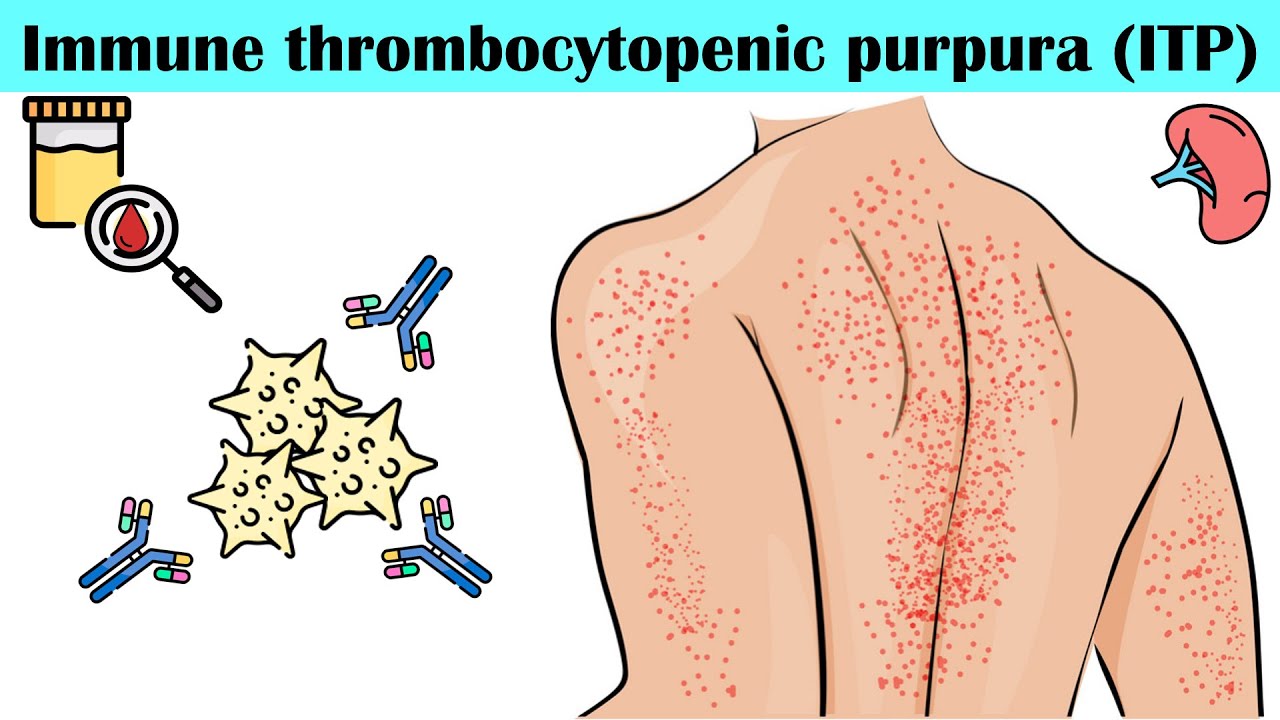The Allergy / Immunology Channel
This video explains Kawasaki disease, a rare vasculitis causing inflammation of blood vessels. It covers the three phases: acute (high fever, red eyes, lips, palms, soles), subacute (peeling skin, arthritis), and convalescent (abnormal labs). Symptoms include a fever lasting over five days and “CREAM” (conjunctivitis, rash, extremity changes, adenopathy, mucosal changes). Diagnosis is based on symptoms and duration. Treatment involves IVIG and high-dose aspirin, with critical nursing care focusing on cardiac monitoring and family education. Key teaching includes avoiding live vaccines for 11 months. Follow along for helpful mnemonics and a knowledge quiz!








